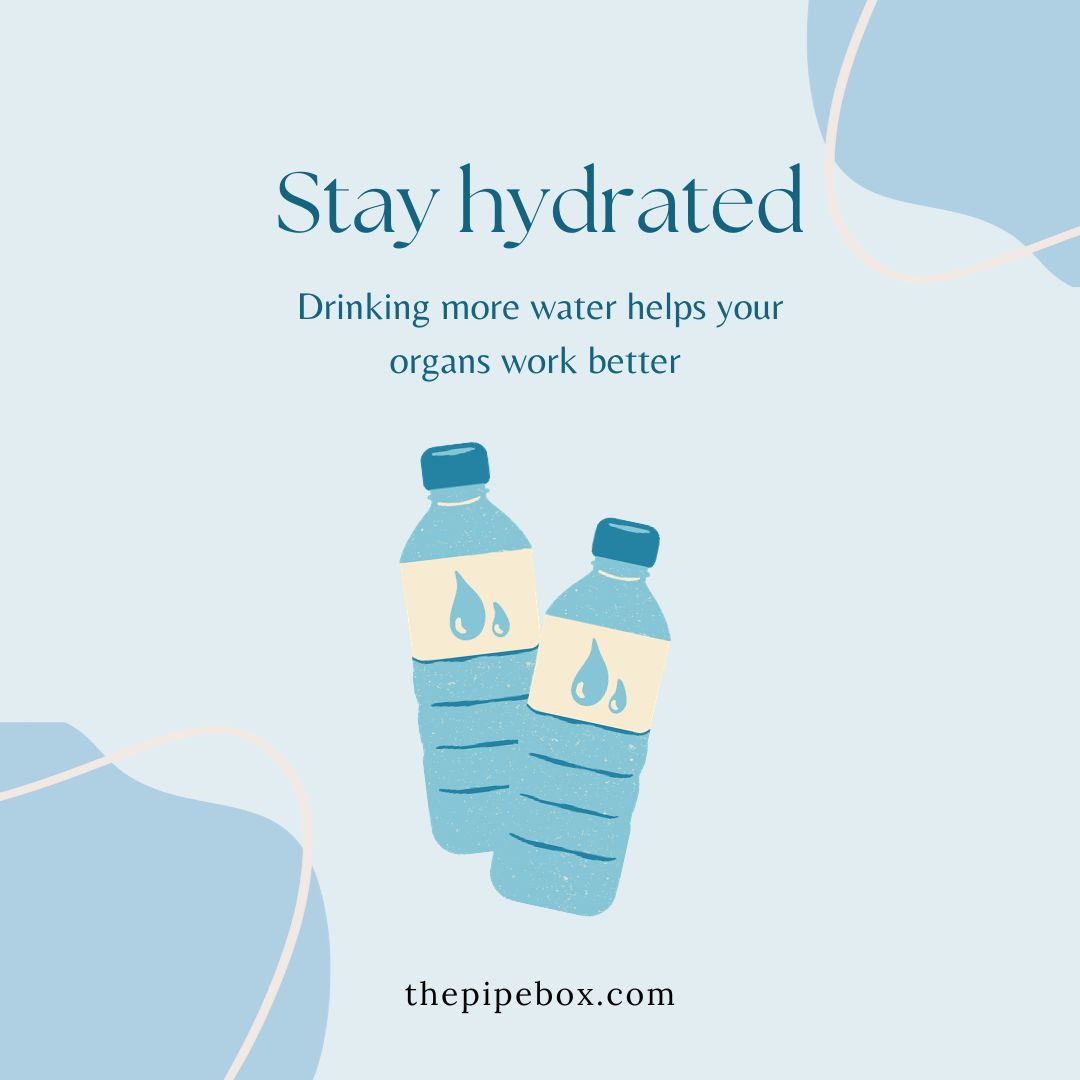Water, the elixir of life, is essential for our well-being. However, not all water is created equal, and ensuring access to clean, pure water is paramount. In this blog, we'll take a comprehensive look at water purification systems, exploring their types, benefits, and the crucial role they play in safeguarding our health.
Understanding Water Impurities:
Before delving into purification methods, it's essential to understand the potential impurities present in water. Contaminants can range from sediments and microbes to chemicals and heavy metals. Purifying water involves the removal or reduction of these impurities, ensuring safe consumption.
Types of Water Purification Systems:
1. Reverse Osmosis (RO):
A widely used method, RO employs a semi-permeable membrane to remove contaminants. It effectively filters out bacteria, viruses, and dissolved solids, providing clean and crisp-tasting water.
2. UV Purification:
Ultraviolet (UV) purifiers use UV light to deactivate and destroy bacteria, viruses, and other microorganisms. This method doesn't alter the water's taste or odor and is often used in conjunction with other purification systems.
3. Activated Carbon Filtration:
Activated carbon filters absorb impurities, including chlorine, organic compounds, and some heavy metals. They enhance taste and odor while improving water clarity.
4. Distillation:
Distillation involves boiling water and then condensing the steam back into liquid form, leaving contaminants behind. This method is effective against many impurities but may remove beneficial minerals.
5. Ion Exchange:
Commonly used in water softeners, ion exchange systems replace harmful ions (like calcium and magnesium) with less harmful ones, reducing water hardness.
6. Ceramic Filtration:
Ceramic filters with tiny pores effectively trap bacteria, parasites, and sediments. This method is often used in portable water purifiers for outdoor activities.
Benefits of Water Purification Systems:
1. Health Protection:
Purification systems safeguard against waterborne diseases, ensuring the water you consume is free from harmful pathogens.
2. Improved Taste and Odor:
Many purification methods, such as activated carbon filtration, enhance the taste and remove unpleasant odors, providing a more enjoyable drinking experience.
3. Removal of Chemicals and Contaminants:
Water purification systems target a wide range of impurities, including chemicals, heavy metals, and pollutants, promoting overall water quality.
4. Environmental Impact:
By reducing the need for single-use plastic bottles, water purification systems contribute to environmental conservation and sustainability.
5. Cost-Effective:
Long-term savings are achieved by investing in a water purification system, as opposed to continuously purchasing bottled water.
Choosing the Right System:
Selecting the appropriate water purification system depends on factors such as the water source, specific contaminants present, and individual preferences. Conducting water tests and consulting with experts can guide the decision-making process.
In a world where access to clean water is a global concern, water purification systems emerge as unsung heroes. From the compact filters in our homes to large-scale industrial systems, these technologies play a vital role in ensuring the water we consume is pure, safe, and refreshing. As we navigate the complexities of water purity, investing in the right purification system becomes not just a choice but a commitment to our well-being and the health of our planet.

